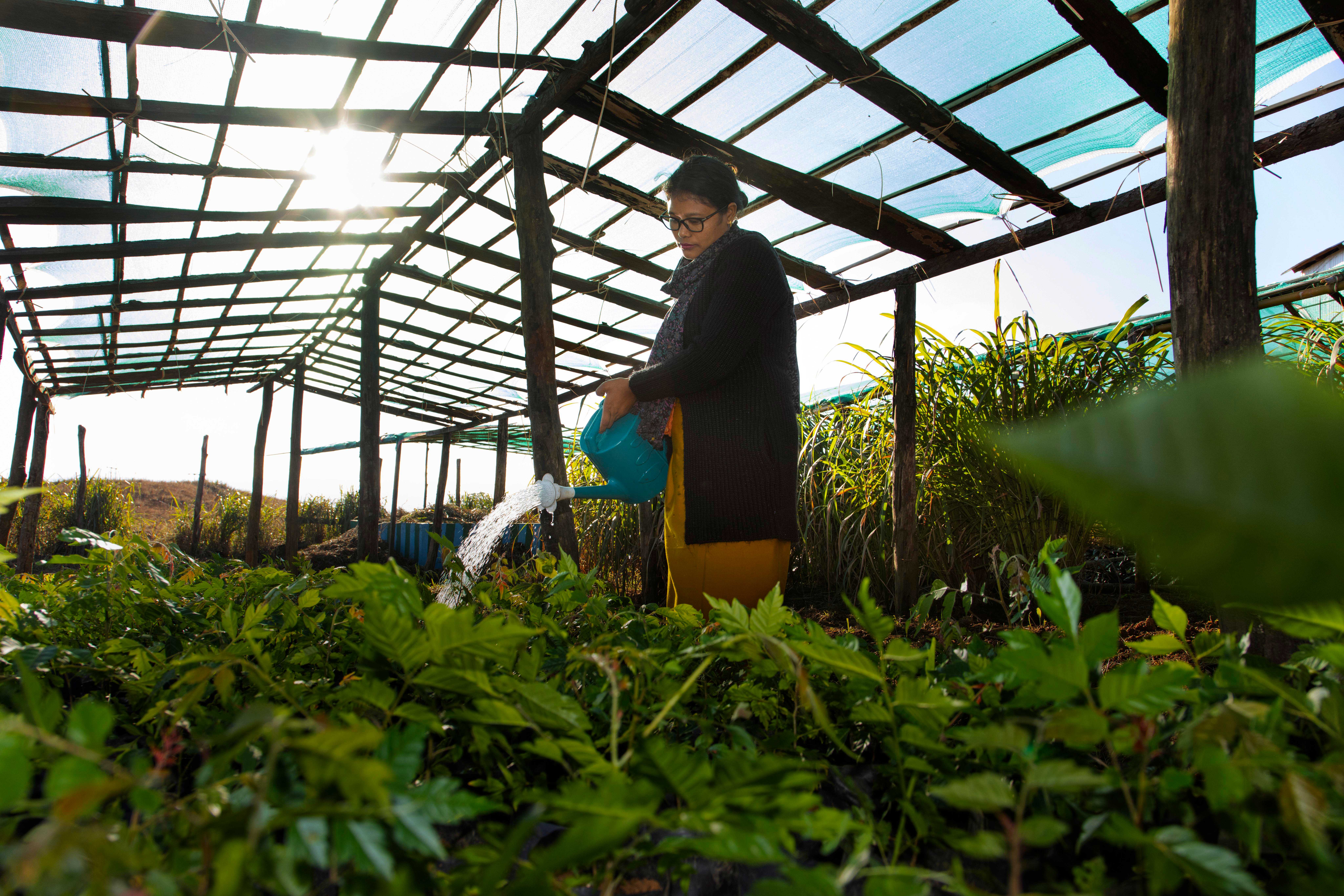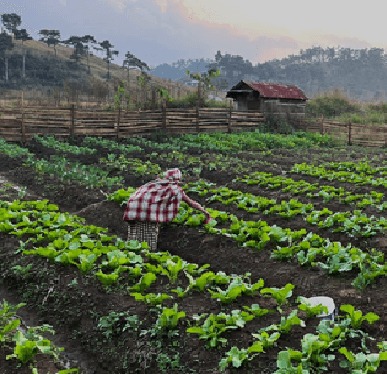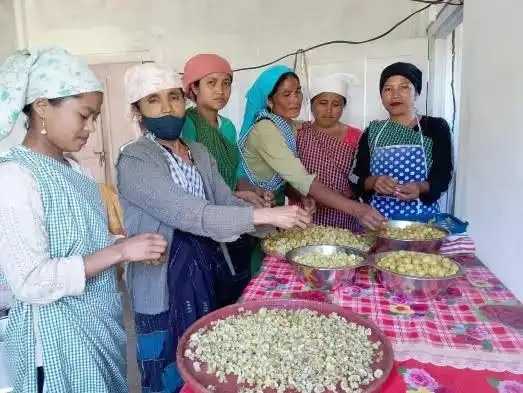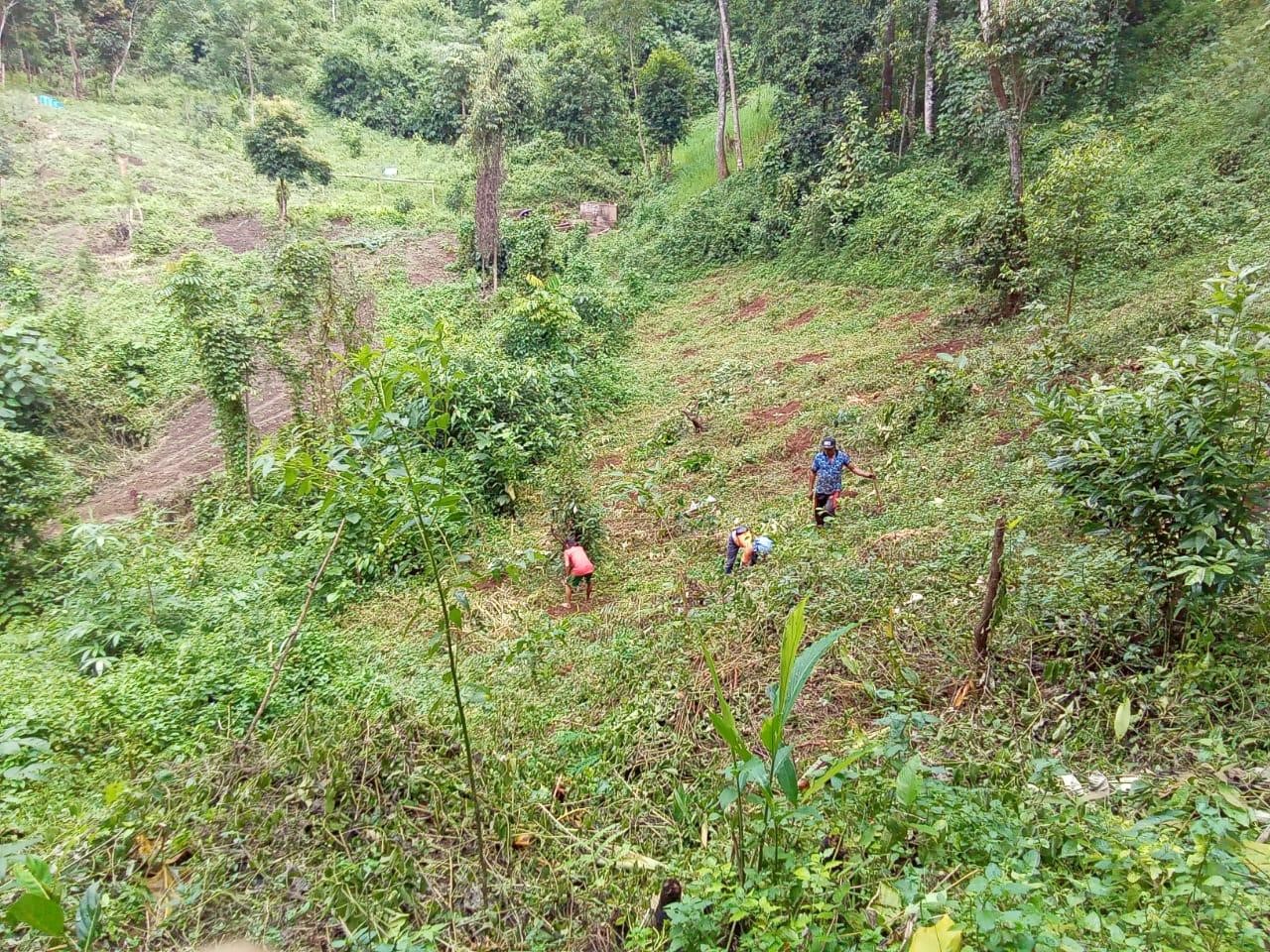 From Dry Springs to Flowing Waters: The Ray of Hope for Kdoh Hati Village
From Dry Springs to Flowing Waters: The Ray of Hope for Kdoh Hati VillageKdoh Hati, a village located in the Umsning C&RD Block of the Ri-Bhoi District, was established in 1968 and has been in existence for nearly 51 years. It is situated at a distance of 107 km from Shillong, which serves as the capital of Meghalaya. The village encompasses a total geographical area of 254.30 hectares and is home to a population of 643 individuals. It falls under the jurisdiction of the Raid Nongtham Khyriem Syiemship.
The people of Kdoh Hati primarily rely on agriculture as their main occupation and employ traditional methods such as Jhumor, shifting cultivation, and terrace cultivation. Broom grass (Thysanolaena) and ginger (Zingiber officinale) are the key sources of income for the villagers.
Kdoh Hati, similar to other villages, encounters several obstacles, with the most critical being the scarcity of water. Water is fundamental to all forms of life, and every human undertaking is reliant on it. One of the primary reasons for the water predicament is the topographical dissimilarities: the village is situated on a hilltop, while the water sources are situated at the base of the village. Furthermore, the cultivation of broomgrass and ginger is exacerbating the issue as it leads to soil degradation and reduced fertility.
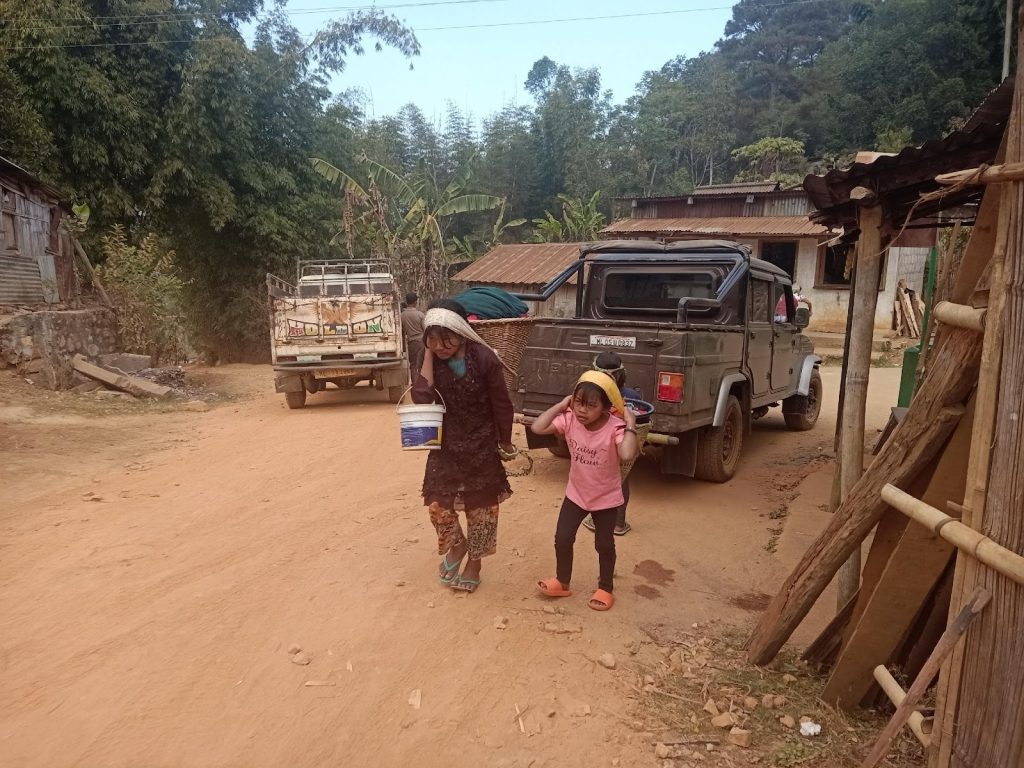
Despite having four springs, the water problem in the village persisted until The Community Led Landscape Management Project, a World Bank funded project, intervened. The project not only addressed the villagers’ basic needs but also tackled the root cause of the problem with sustainable solutions while preserving the environment.
As part of the Community Led Landscape Management Project, the village constructed a Headwork at Wah Umkhlaw to control the flow of water and provide adequate storage capacity, ensuring that people have enough water for drinking and washing. This source is highly dependable for the entire village, and it’s the only one that is consistently reliable. What’s more interesting about the village under the CLLMP is the construction of an effluent treatment facility in the Headwork area. This facility filters or purifies the wastewater after people have used it for washing and bathing before it is released for irrigation or other agricultural purposes, preventing contamination.
Thorough studies conducted under the CLLMP helped the villagers understand the root cause of their dry springs, and their initiative sowed the seeds to enhance the groundwater resources by implementing techniques such as digging contour trenches and practicing bench terracing. These techniques not only help control water from flooding downstream but also reduce water runoff, prevent soil erosion, channel water in the right direction, and maintain soil moisture levels.
Planting trees has been known to attract more rain, and in this regard, Kdohhati undertook an Afforestation, Horticulture, and Agroforestry project under the CLLMP, which involved planting approximately 25,000 trees. The entire village participated in this initiative, as they recognized the significance of it. Furthermore, CLLMP called for the establishment of a nursery, as well as the construction of a vermi-composting system, a check dam, and a waste plastic bin, all of which were beneficial to the environment.
Despite the water challenges that still exist in Kdohhati, the CLLMP has brought hope to the village and made a significant difference in a short period of time. The Head Work at Wah Umkhlaw is a shining example of this success. Prior to the project, the villagers had limited access to water, with most households only able to collect two buckets per day. However, after the implementation of the project, the Head Work now discharges 37-40 litres per minute, providing enough water with proper storage capacity to support the whole village for drinking, washing, and bathing. The villagers are optimistic that more springs can be revived through the implementation of additional CLLMP interventions.

Every household in Kdohhati is engaged with the CLLMP as it has provided them with a platform to understand the underlying causes of their issues and has offered a comprehensive, long-term solution. Additionally, CLLMP has provided job opportunities for the community to supplement their income, and Village Community Facilitators (VCFs) have been able to travel to other locations for learning exchanges and apply their newfound knowledge. The success of the Headwork at Wah Umkhlaw in providing enough water for the entire community to drink, wash, and bathe has given the village hope that more springs can be revived. A ray of hope has been ignited with CLLMP, both in the present and for the future.
The community of Kdohhati feels fortunate to have had the opportunity to participate in and work on the CLLMP project, which has not only addressed their water issues but also raised awareness on environmental issues in the village and beyond. Although the project may come to an end, resolving the water issue remains a top priority for the community. The experience gained through CLLMP has instilled the importance of the “Three R’s” (reduce, reuse, and recycle) of water in the minds of the people, and they encourage others to do the same.


